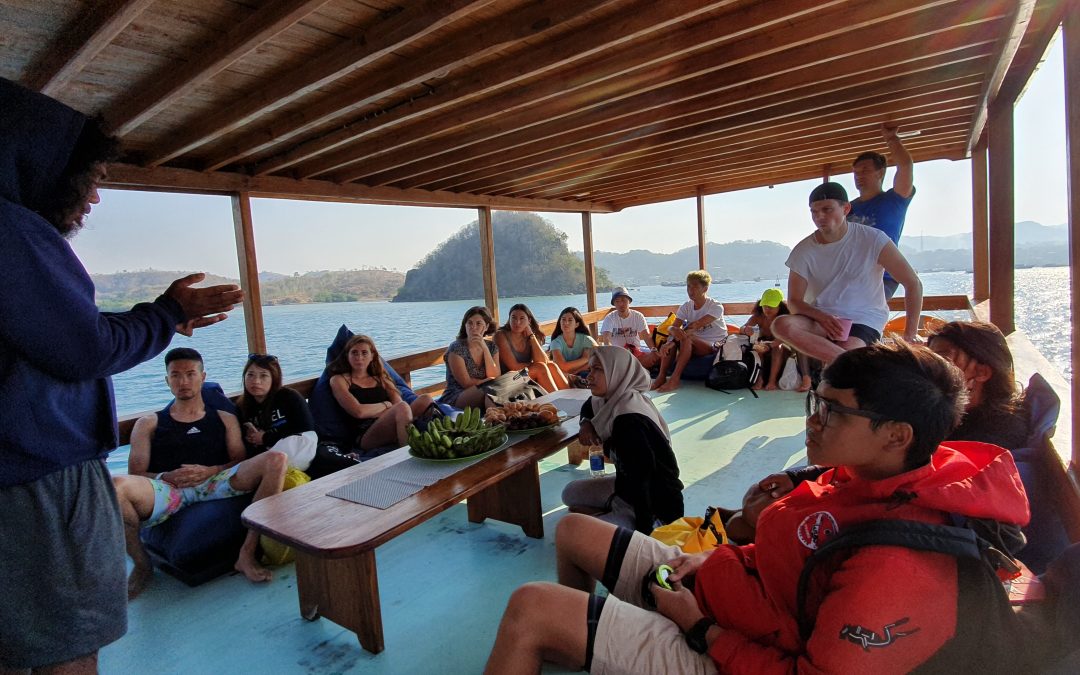Today we collaborated with NEREN Diving Komodo and it was really exciting because we met a lot of mantas at Manta Point!
But despite this excitement, we found a disturbing moment underwater. We came across another group of divers, and one of them was chasing after a manta with a big camera, strobes flashing, tryings to get a great social medial photo. Of course the manta got fed up very quickly, and swam away much faster than the diver could follow!
Following the manta code of conduct is really important. It minimises stress to the mantas, but also helps divers to enjoy longer and closer encounters. That is why we always deliver a manta briefing before each manta dive.
Mantas are calm and gentle, but they are also wild animals. If we want to get close, we need to learn to look for signs of stress. Curling up of the cephalic lobes is a great sign that the manta is beginning to feel threatened.
So wherever and whenever you dive always remember to listen to your dive guide briefing and if you don’t know yet about Code of Conduct, you can download the briefing guidelines.
Watch the video below and see whether you can spot the signs of a stressed manta and consequences of not following the manta code of conduct.


